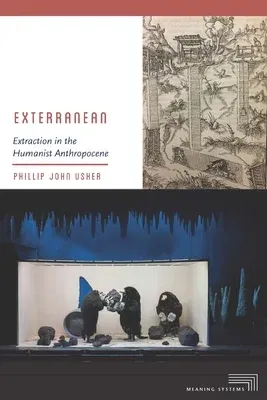Exterranean concerns the extraction of stuff from the Earth, a
process in which matter goes from being sub- to exterranean. By opening
up a rich archive of nonmodern texts and images from across Europe, this
work offers a bracing riposte to several critical trends in ecological
thought.
By shifting emphasis from emission to extraction, Usher reorients our
perspective away from Earthrise-like globes and shows what is gained by
opening the planet to depths within. The book thus maps the material and
immaterial connections between the Earth from which we extract, the
human and nonhuman agents of extraction, and the extracted matter with
which we live daily.
Eschewing the self-congratulatory claims of posthumanism, Usher instead
elaborates a productive tension between the materially-situated homo
of nonmodern humanism and the abstract and aggregated anthropos of the
Anthropocene. In dialogue with Michel Serres, Bruno Latour, and other
interdisciplinary work in the environmental humanities, Usher shows what
premodern material can offer to contemporary theory. Examining textual
and visual culture alike, Usher explores works by Ronsard, Montaigne,
and Rabelais, early scientific works by Paracelsus and others, as well
as objects, engravings, buildings, and the Salt Mines of Wieliczka. Both
historicist and speculative in approach, Exterranean lays the
groundwork for a comparative ecocriticism that reaches across and
untranslates theoretical affordances between periods and languages.

